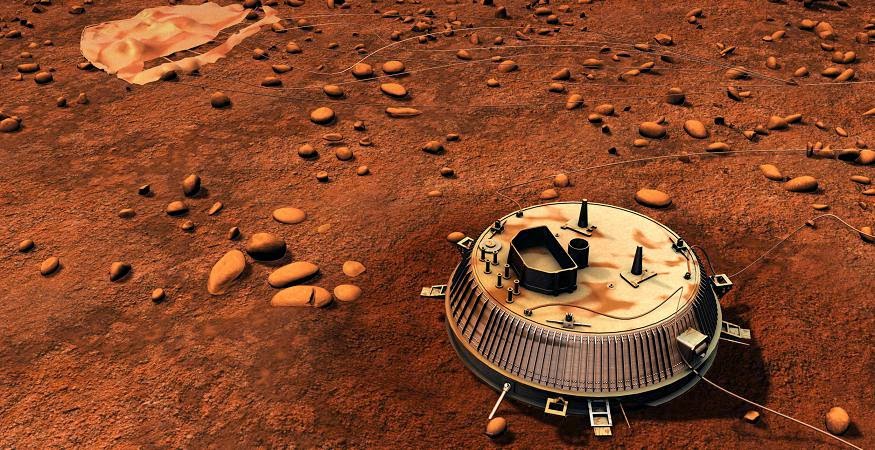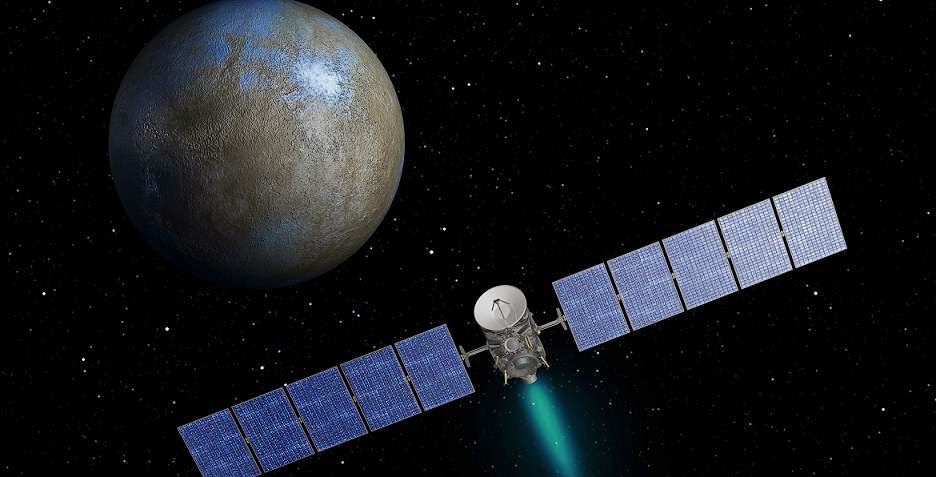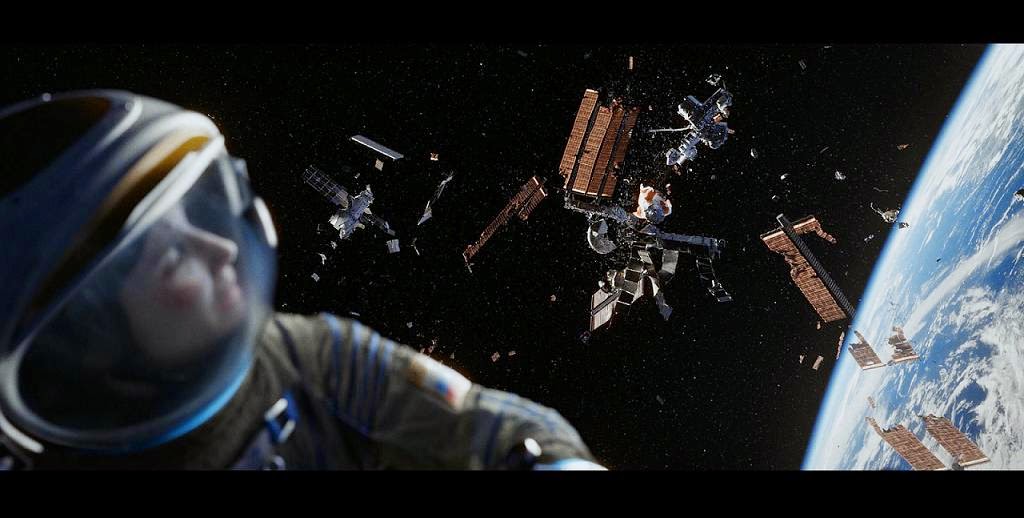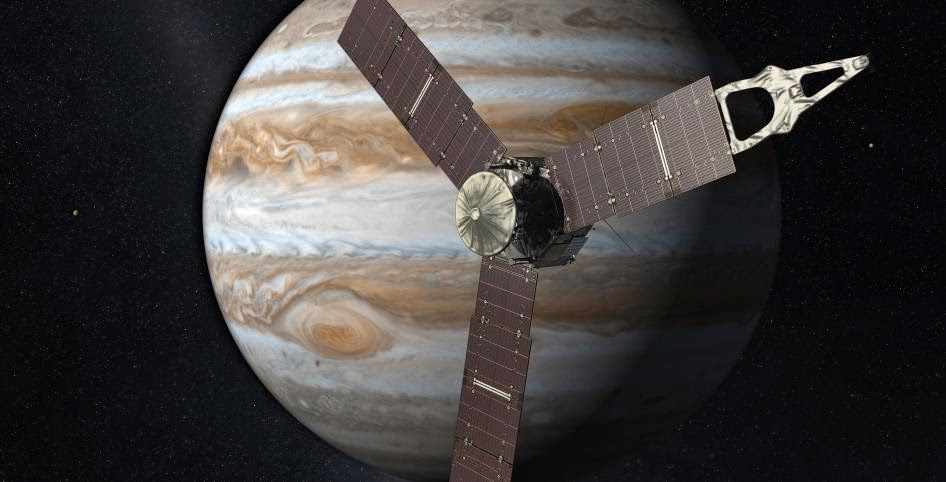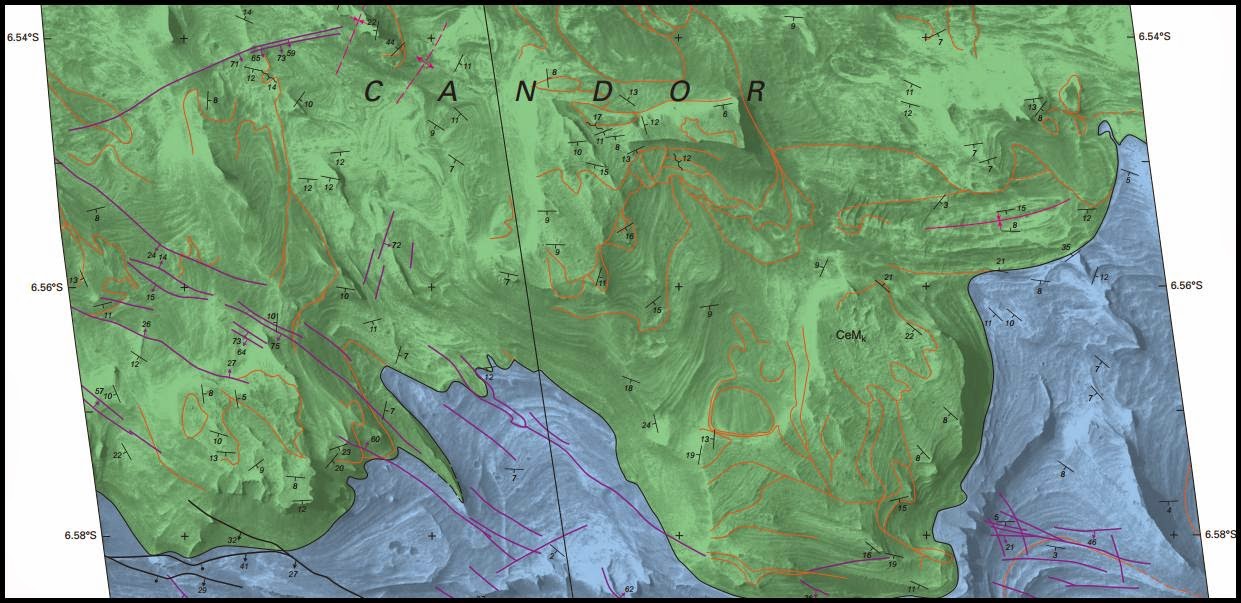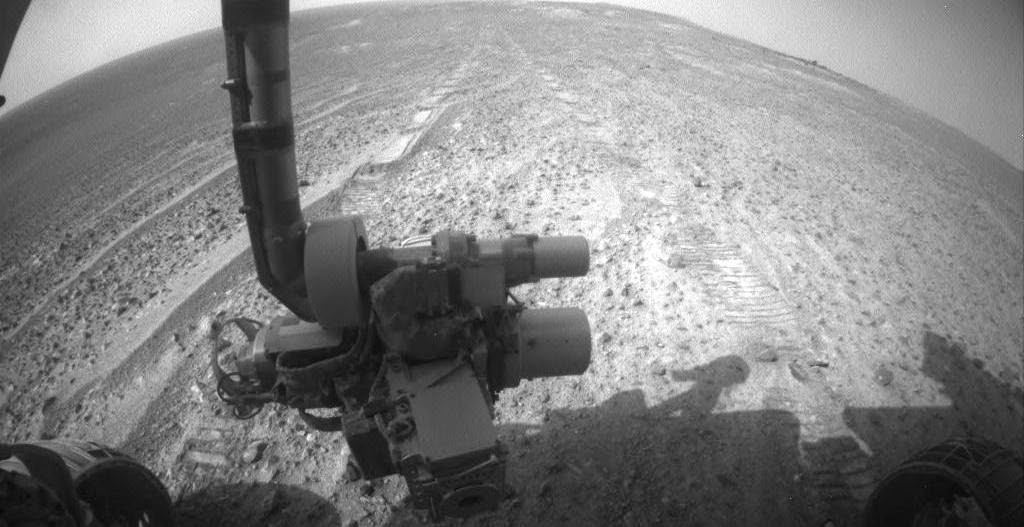 We Could Find Aliens Any Day Now, SETI Scientists Say
We Could Find Aliens Any Day Now, SETI Scientists SayET phone Earth! We could be on the verge of answering one of the essential questions of humanity...
 New Mars Colony Mission Crowdfunds its Way to the Red Planet
New Mars Colony Mission Crowdfunds its Way to the Red PlanetMarsPolar, a newly created international venture has started raising funds for their...
 Paving Way for Mars Colonization
Paving Way for Mars ColonizationIn order to send first human to Mars, plenty of pioneering activities must be taken. It’s a journey...




